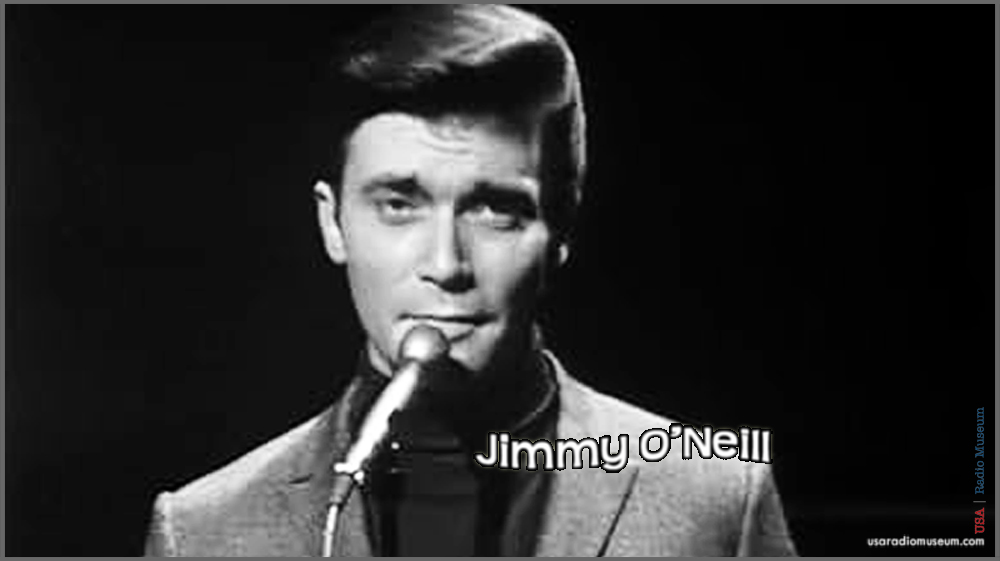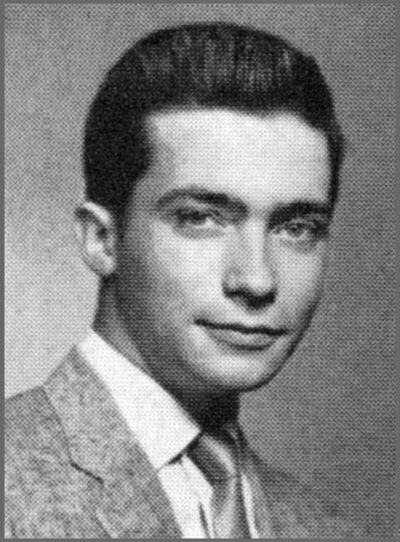The Iconic Broadcasting Star Who Introduced '60s Hits on Radio and on Television James Franklin "Jimmy" O'Neill, born on January 8, 1940, in Enid,
The Iconic Broadcasting Star Who Introduced ’60s Hits on Radio and on Television
James Franklin “Jimmy” O’Neill, born on January 8, 1940, in Enid, Oklahoma, was destined to become one of the most dynamic and charismatic figures in radio and television history. Starting his broadcasting journey as a teenager, O’Neill quickly climbed the ranks, shaping Top 40 radio and leaving an indelible mark on American entertainment.
Early Career and Rise to Fame
O’Neill’s passion for broadcasting began in high school when he took a broadcasting class, which led to his first job at KGWA in his hometown of Enid in 1957. By 1958, he had moved to WKY in Oklahoma City, and a year later, his exceptional talent earned him a position at KQV in Pittsburgh. At just 19 years old, he became a sensation, captivating listeners with his youthful energy and unmistakable style.
In 1959, O’Neill joined KDWB in Minneapolis-St. Paul, where he played a pivotal role in establishing the station as a Top 40 powerhouse. Known for his energetic personality and deep connection with listeners, O’Neill helped KDWB build a loyal audience, cementing its place in the thriving Twin Cities radio market. His tenure there paved the way for his move to the West Coast, where he achieved even greater fame. KDWB in the 1960s was home to a vibrant lineup of DJs who helped shape its identity as a Top 40 powerhouse. Some of the notable names include: Charlie Brown, True Don Bleu, James Francis Patrick O’Neill, and Kelly Bob Shannon, to name a few. These DJs, along with others, played a pivotal role in making KDWB a cultural hub for music and entertainment during the 1960s.
The Los Angeles Years and National Stardom
Jimmy O’Neill’s career reached new heights when he joined KRLA in Los Angeles in 1959, becoming the first voice heard as the station transitioned to a Top 40 format. His charisma and ability to resonate with audiences made him one of Los Angeles’ most popular DJs. He later worked at KFWB, another major Top 40 station, from 1963 to 1967, continuing to build his reputation as a trailblazer in radio broadcasting.
In 1964, O’Neill expanded his reach to television, becoming the host of the groundbreaking musical variety show Shindig! on ABC. The program was a cultural phenomenon, introducing viewers to some of the most iconic rock ‘n’ roll acts of the era, including The Beatles, The Rolling Stones, Sam Cooke, and The Supremes. O’Neill’s youthful energy, natural charm, and genuine love for music made him the perfect host for the show, which became a centerpiece of 1960s American television. Although Shindig! was canceled in 1966, it left an enduring legacy as one of the first programs to give rock ‘n’ roll a national platform.
KDWB | Jim O’Neill | FEBRUARY 7, 1966
Audio Digitally Remastered by USA Radio Museum | The featured audio presentation is owned and courtesy of Mark Yurko, of Langhorne, PA.
Later Career and Challenges
Following his success on Shindig!, O’Neill continued his radio career, working at stations like KDAY in Los Angeles and KOB in Albuquerque during the late 1960s and 1970s. He also had stints at WOW and KOIL in Omaha and returned to KRLA in the 1980s and 1990s. Despite facing personal challenges, including struggles with substance abuse, O’Neill remained a passionate broadcaster and continued to engage audiences with his distinctive voice and flair.
A Legacy Remembered
Jimmy O’Neill passed away on January 11, 2013, in West Hollywood, California, due to complications from diabetes. He was 73 years old. His career spanned decades, and his contributions to both radio and television remain significant.
Closing Thoughts on His Legacy
Jimmy O’Neill’s impact on the entertainment industry is a testament to his talent, charisma, and passion for broadcasting. From revolutionizing Top 40 radio to hosting Shindig!, he bridged the worlds of radio and television, helping to define an era of music and culture. O’Neill’s ability to connect with audiences and promote emerging talent left an indelible mark on American pop culture, ensuring his place among the legends of broadcasting. His dynamic voice and vision continue to inspire those who strive to innovate and connect through the power of media.


